Buy the photo Sunlight on spines - Wild teasel on the Filsberg by Fototante on canvas, ArtFrame, poster and wallpaper, printed on demand in high quality.
About "Sunlight on spines - Wild teasel on the Filsberg"
by Fototante
About the artwork
This wild cardoon (Dipsacus fullonum) stands on the heights of the Filsberg, where the wind caresses the fields and the light is particularly clear - a plant with character. This picture was taken during one of my many hikes in the region, in golden late afternoon light. The dry plant rises above the surrounding greenery like a small work of art, framed by soft, blurred leaves in the background. The natural contrast between the sharp structure of the flower and the soft light creates an almost meditative calm.
The structure of the cardoon is striking: its elongated, spiky inflorescence is architectural by nature. Every little spike casts a small shadow, every detail has a sculptural effect. Especially in autumn, when many plants fade, their shape becomes particularly clear. The autumn light emphasises its silhouette, gives the spines an almost bronze depth and makes the cardoon look like a sculpture. The golden hour of nature, captured in a botanical plant portrait.
The wild teasel is not only visually fascinating - it also has an interesting botanical history. Its dried inflorescences were once used in the textile industry to roughen fabrics. As a wild plant, it can be found on poor soils, at the edges of paths and fields. It provides a habitat for insects and is a valuable source of nectar in late summer. Birds, such as the goldfinch, also look for its seeds later.
For photographers, it is a favourite subject for macro photography: its regularity, hard texture and the interplay of light and shadow make it a real highlight. This image shows the cardoon at the perfect angle - slightly lit from the side, with a warm glow and soft depth. Its shape is almost like a natural compass - upright, clear, aligned.

About Fototante
I have always enjoyed photography. Even when I was young, I took photos with the Beirette. It even happened to me once that I inserted a film twice ... and the photos I took were very interesting.
I then bought my digital SLR camera in 2014. The first photos..
Read more…
 Germany
Germany Ordered in December 2024
Ordered in December 2024
 Germany
Germany Ordered in June 2019
Ordered in June 2019
 Germany
Germany Ordered in July 2021
Ordered in July 2021
 Germany
Germany Ordered in June 2022
Ordered in June 2022
 Netherlands
Netherlands Ordered in November 2019
Ordered in November 2019
 Netherlands
Netherlands Ordered in April 2021
Ordered in April 2021
 Netherlands
Netherlands Ordered in January 2021
Ordered in January 2021
 Netherlands
Netherlands Ordered in May 2023
Ordered in May 2023
 Germany
Germany Ordered in March 2019
Ordered in March 2019
 Germany
Germany Ordered in October 2024
Ordered in October 2024
 Netherlands
Netherlands Ordered in July 2020
Ordered in July 2020
 Germany
Germany Ordered in August 2021
Ordered in August 2021
About the material
ArtFrame™
Interchangeable Art Prints
- High-quality print
- Easily interchangeable
- Acoustic function
- Large sizes available
Discover the artworks of Fototante
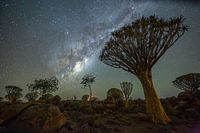 Magical starlight over the quiver tree forestFototante
Magical starlight over the quiver tree forestFototante Sea of stars over the landscape - Milky Way panorama on a clear summer nightFototante
Sea of stars over the landscape - Milky Way panorama on a clear summer nightFototante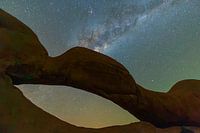 Milky Way at the FelsenbogeMilky Way over the rock arch at SpitzkoppeFototante
Milky Way at the FelsenbogeMilky Way over the rock arch at SpitzkoppeFototante Ripe cherries in early summer - enjoying nature at the edge of the fieldFototante
Ripe cherries in early summer - enjoying nature at the edge of the fieldFototante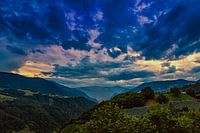 Dramatic thunderstorm atmosphere in the Tiers ValleyFototante
Dramatic thunderstorm atmosphere in the Tiers ValleyFototante Milky Way meets history - starry sky above an old millFototante
Milky Way meets history - starry sky above an old millFototante Golden autumn atmosphere with rose hips on the FilsbergFototante
Golden autumn atmosphere with rose hips on the FilsbergFototante Sunlight on spines - Wild teasel on the FilsbergFototante
Sunlight on spines - Wild teasel on the FilsbergFototante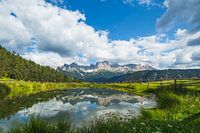 Wuhnleger near Tiers - Reflection of the Rosengarten in South TyrolFototante
Wuhnleger near Tiers - Reflection of the Rosengarten in South TyrolFototante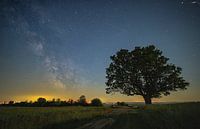 Lone sentinel under the stars - tree and Milky Way in the Kyffhäuserkreis districtFototante
Lone sentinel under the stars - tree and Milky Way in the Kyffhäuserkreis districtFototante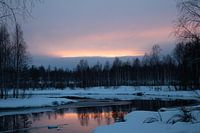 Winter evening in Swedish Lapland - Silence at VidselFototante
Winter evening in Swedish Lapland - Silence at VidselFototante Magical northern lights over LaplandFototante
Magical northern lights over LaplandFototante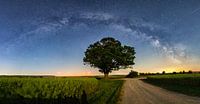 Magic tree under the Milky WayFototante
Magic tree under the Milky WayFototante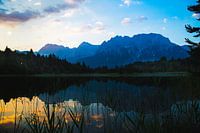 Magical sunrise at Lake Luttensee after a night under the starsFototante
Magical sunrise at Lake Luttensee after a night under the starsFototante Golden autumn in Lapland - idyllic nature at Myrkulla LodgeFototante
Golden autumn in Lapland - idyllic nature at Myrkulla LodgeFototante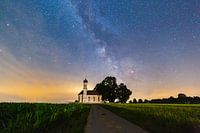 My first encounter with the Milky Way near EttingFototante
My first encounter with the Milky Way near EttingFototante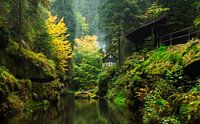 Enchanting Edmundsklamm gorge in autumn lightFototante
Enchanting Edmundsklamm gorge in autumn lightFototante Moose feeding - A quiet moment in the Nordic wildernessFototante
Moose feeding - A quiet moment in the Nordic wildernessFototante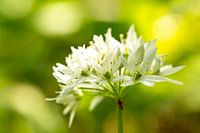 Wild garlic blossom in spring light - close-up of a white wild plant in the forestFototante
Wild garlic blossom in spring light - close-up of a white wild plant in the forestFototante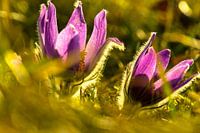 Cowbells in the golden backlight - Spring dance in the meadowsFototante
Cowbells in the golden backlight - Spring dance in the meadowsFototante
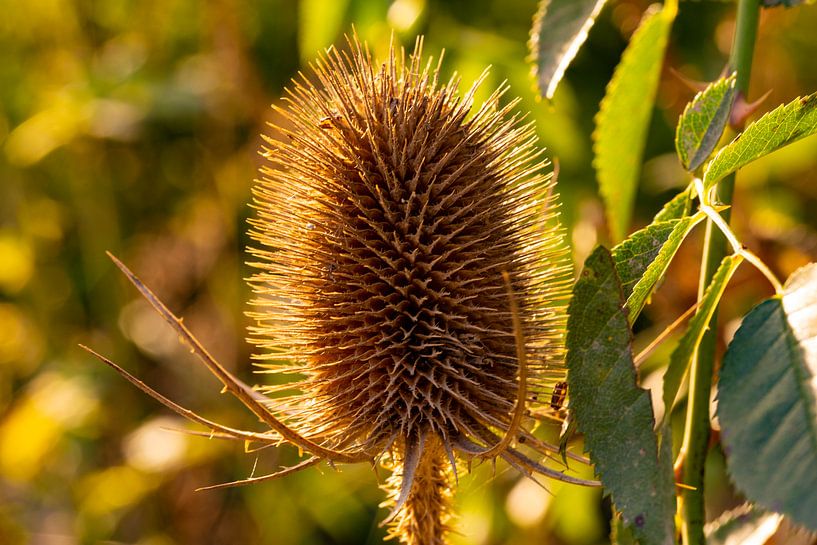












 Macrophotography
Macrophotography Nature photography
Nature photography Photo wallpaper
Photo wallpaper Photography
Photography Plants
Plants Serene Peace
Serene Peace









